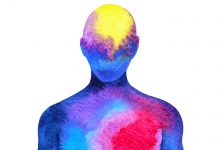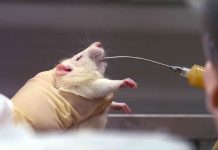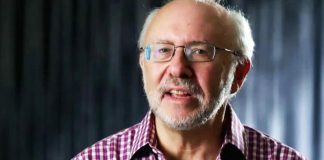Skull of Dinosaur Named ‘One Who Causes Fear’ Found in Argentina (research)
Research published today in the peer-reviewed Journal of Vertebrate Paleontology describes a newly discovered species of dinosaur - named the 'one who causes fear',...
Rabbits walk on two legs? Scientists think they’ve found the genetic reason why
Some rabbits can’t hop, and a single gene is the reason why. Mutations in this gene cause defects in the rabbits’ spinal cords, which...
Scientists identify brain’s role in broken heart syndrome
A new study uncovers potential mechanisms that may contribute to “broken heart syndrome,” or Takotsubo syndrome (TTS), a temporary heart condition that is brought...
Meta-analysis shows children prefer people who speak like them, says new research
Study shows that children prefer to befriend, listen to, and imitate people who speak similarly to them. While most of this research has been...
Research finds foster youth lack critical financial skills
Most people rely on family members to help them learn how to open a bank account, find a job or create a budget, but...
New insights into how cosmic rays are formed (Study)
An international team of researchers has now demonstrated for the first time that high-energy cosmic rays are formed in the area surrounding massive stars....
Scientists explore sci-fi classics in ‘Science on Screen’
As an associate teaching professor of psychological sciences at the University of Missouri, Ines Segert is used to being in front of a room...
Alcohol is directly metabolized in the brain in mice (Study)
The behavioural effects of alcohol intoxication may be caused by alcohol breakdown products (metabolites) produced in the brain, and not in the liver, in...
Sanxingdui: Archaeologists discover 3,000-year-old gold mask in Sichuan, China (Study)
Artefacts discovered in southwestern China suggest that the area was once home to an unknown civilisation whose existence may rewrite the history of China.
The...
Take care of precious seasonal water flow, Researchers Say
As winter approaches, international hydrologists have issued a timely reminder about building on intermittent or seasonal non-perennial rivers and streams.
Dry for most of the...






















